Former mistress of the seas: problems of the Royal Navy of Great Britain
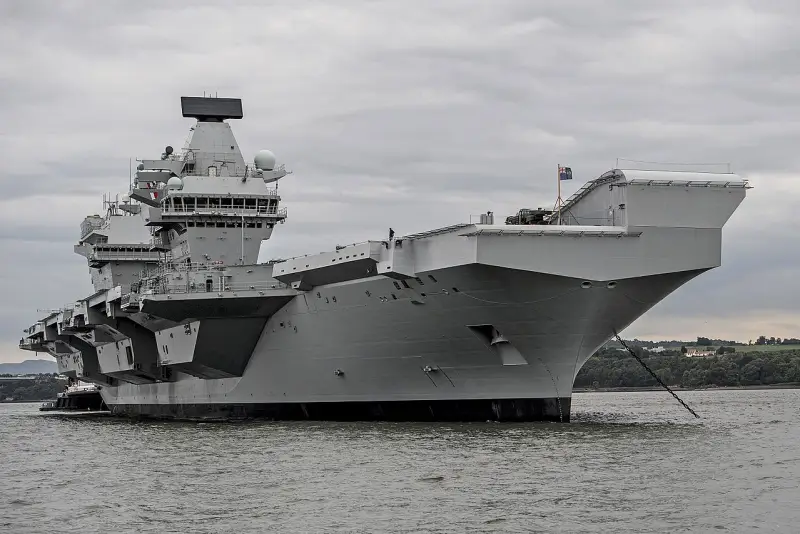
Aircraft carrier HMS Queen Elizabeth
The Royal Navy has faced a number of unique challenges over the past few years. Despite all the optimism and various construction and modernization programs, the general condition of the KVMF is gradually deteriorating. The already limited number of warships will soon be further reduced, which will negatively affect the overall combat effectiveness fleet and the armed forces in general.
Current state
The former mistress of the seas, Great Britain now has a fleet of limited size and combat capability. Currently, the Russian Navy has only 10 submarines, 2 aircraft carriers and more than 30 warships of various classes. There is also a fairly large number of boats of different classes and an auxiliary fleet.
The submarine forces of the Russian Navy have four Vanguard-class nuclear-powered missile carriers, which began service in 1993-99. These are the only British strategic nuclear carriers weapons. Their combat service schedule is designed in such a way that there are 1-2 submarines in patrol areas at the same time. Also in service are five multi-purpose nuclear submarines of the Astute class (delivered in 2010-22) and the last ship of the Trafalgar class mod. 1991
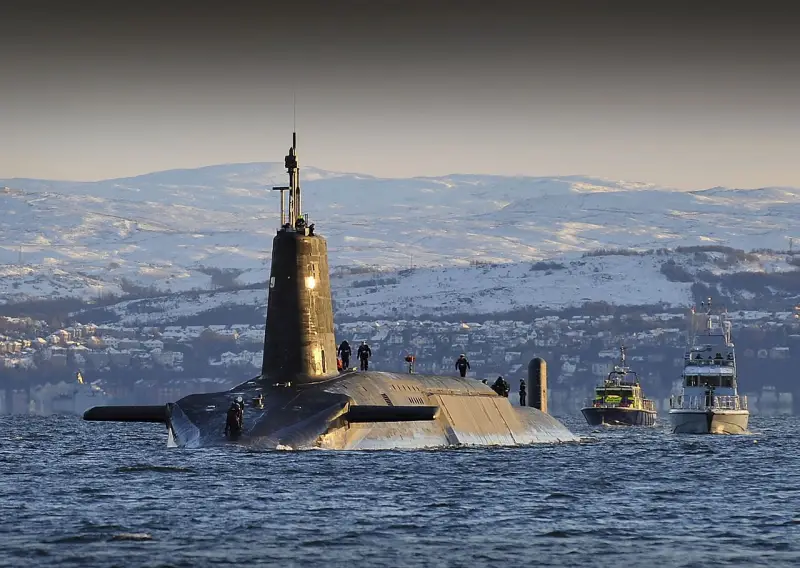
SSBN HMS Vanguard of the same name project
The largest surface combat units of the Russian Navy are two Queen Elizabeth-class aircraft carriers, which entered service in 2017 and 2019. The basis of them aviation The group consists of modern American-made F-35B short take-off and vertical landing aircraft.
In 2009-13 The KVMF received six Type 45 / Daring-class destroyers. At the moment, these are the largest multi-role warships in the British fleet. The most popular among the main classes of ships are the Type 23 / Duke-class frigates. There are 10 such ships in service, built in 1991-2002. The fleet also has eight patrol boats of the River Ave. The first three buildings were commissioned in 2003, and in 2018-21. According to the revised project, a second series of five ships was built.
The KVMF can land amphibious assault forces, for which it has two Albion-class landing ships, approximately 20 years old. 2000 years. However, one of them is in reserve, and the second is undergoing repairs. Three Bay-class transports can also be used as landing vehicles. The basis of the mine sweeping forces are six Hunt-class minesweepers built in the first half of the eighties. Also, one Sandown-class minesweeper, commissioned in 18, remains in service. 16 small-displacement patrol boats are in operation. 2022 pennants of the Archer Ave. were built in the second half of the eighties. The remaining two boats belong to the Cutlass project and have been in service since XNUMX.
Objective problems
The well-known list of combat units, to one degree or another, shows some of the problems that the British Navy is currently facing. First of all, it is a limited number. There are only a few dozen ships and submarines of a number of main classes in service, and the number of large combat units is very limited. This composition of the fleet is generally considered sufficient, but it clearly does not correspond to London’s naval ambitions.
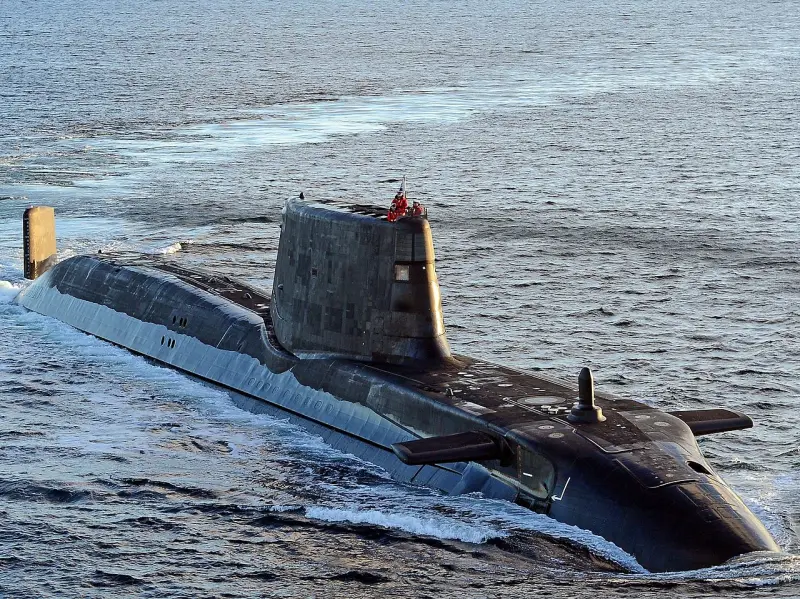
Astute-class multipurpose nuclear submarine HMS Ambush
A significant problem is the age of the ships. The buildings built in the eighties are still in service. At the same time, over the past 10 years, starting in 2014, only a few ships have been commissioned - two aircraft carriers, the second series of River patrol ships of five units and two Cutlass boats.
Maintaining even such a fleet involves large expenses, and there are also difficulties in financing. Over the past years, it has been repeatedly reported that the Ministry of Defense and the KVMF will not be able to implement all programs and plans while maintaining the current level of costs.
Like the armed forces as a whole, the KVMF faces a shortage of personnel. The flow of recruits willing to serve in the army or navy is declining for a number of reasons. By now this had begun to lead to problems with crewing. It is not always possible to have available human resources to assemble a full crew of the required composition.
Attempts to solve
The command of the armed forces and the leadership of the Ministry of Defense sees the current situation and is trying to find a way out of it. Various types of measures are proposed to improve the situation in certain areas. At the same time, it is often necessary to make compromises and sacrifice various indicators.
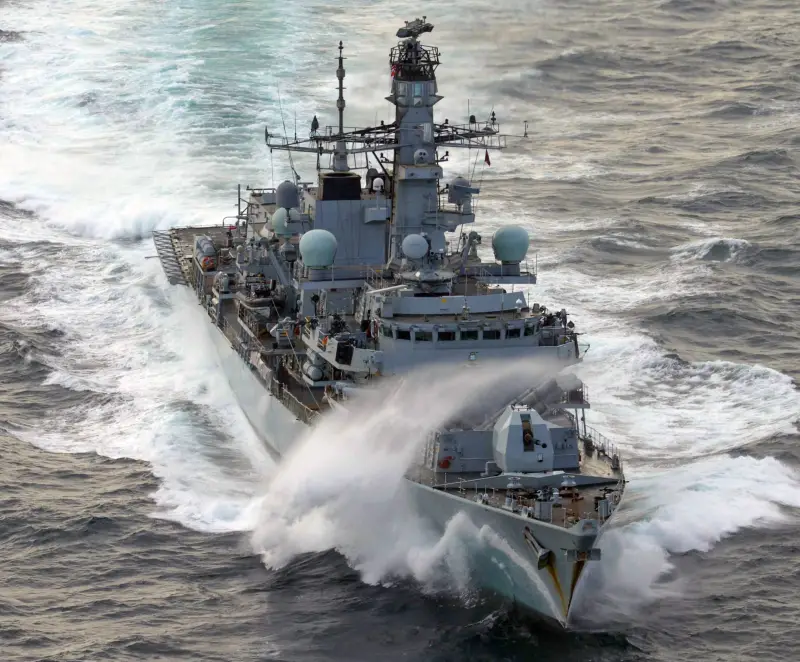
Type 23 frigate HMS St Albans
In the spring of 2023, the leadership of the Ministry of Defense turned to the government with a request to urgently increase funding for the KVMF. In addition to the existing budget, £11 billion was requested for the maintenance of existing ships and crews, as well as for future projects. The financial situation of Great Britain cannot be called simple, and therefore the fleet received only 5 billion. According to known data, this money was spent mainly on the purchase of weapons, as well as on the development of promising projects for ships and submarines.
Despite limited funding, the KVMF is implementing large ship construction programs. Several years ago, two aircraft carriers were added to the fleet, and now shipbuilders are working on hulls of other classes. So, in 2017-23. four promising frigates of the Type 26 project were laid down. There is also a contract for the next four. The lead ship will begin service in the second half of the twenties, and the rest will follow.
In April 2022, the keel of the lead frigate Type 31, characterized by its smaller size and displacement, took place. Two of the five planned ships are already being built for the KVMF. The entire series is planned to be completed and delivered to the customer no later than the beginning of 2030.
Newly built ships will gradually replace decommissioned pennants in the KVMF's operational inventory. Due to this, they will get rid of morally and physically obsolete equipment, as well as reduce costs. In addition, it recently became known that the ship decommissioning plan has been changed to optimize the crew training process.
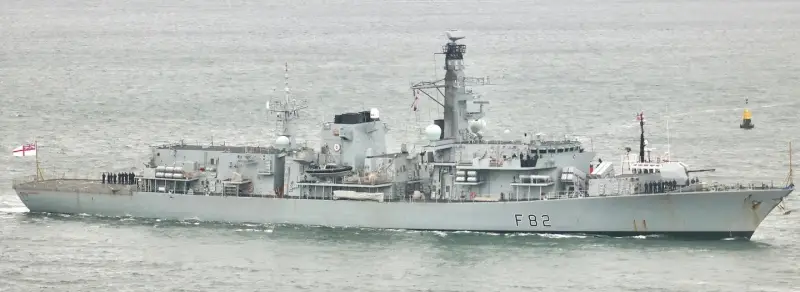
The frigate HMS Somerset after modernization and rearmament, December 2023
In early January, British media reported that the fleet would retire the Type 23 frigates HMS Argyll and HMS Westminster earlier than expected. Their crews will undergo retraining and in the future will begin service on the first Type 26 frigates. As it turned out, the KVMF in the current conditions does not have the opportunity to form completely new crews and is forced to take not the most successful measures.
Since 2019, repairs to the landing ship HMS Bulwark have continued. During the work, part of the crew was transferred to other pennants, and its full restoration is now not possible. In this regard, it is now proposed to complete the repairs and send the ship to reserve. As a result, both landing ships of the Russian Navy will be incapable of combat, although they will be able to return to service if necessary. As a result of such events, the landing forces will use only Bay-class transports.
Due to the complexity of their design and the specific nature of their operation, ships must undergo regular repairs. By the end of the year, one of the existing aircraft carriers, HMS Queen Elizabeth, will be put into dry dock for the necessary work. The time frame for completing the repairs and restoration of the ship has not yet been announced. Until the end of these events, the KVMF will have only one combat-ready aircraft carrier.
There is a schedule for the alternate temporary decommissioning and repair of other surface ships. As a result, the actual composition and strength of surface and submarine forces will differ from the list. The fleet's potential will be reduced accordingly.
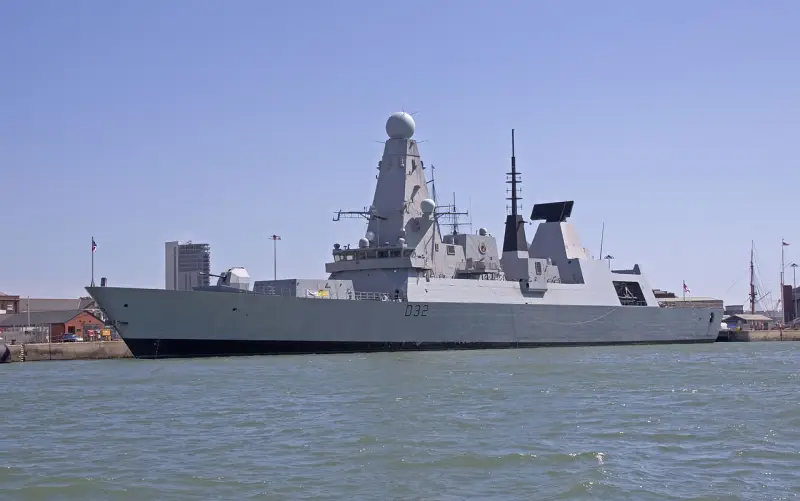
HMS Daring - lead ship of the Type 45 project
It is likely that work on individual ships will take several years. Problems with financing or supply of necessary units may lead to an increase in these deadlines. In addition, taking into account the latest experience of the KVMF, one cannot exclude the risk of reducing the crews of ships being repaired in favor of those remaining in service. Accordingly, the actual results of any planned repair may be very different.
Reasons for concern
Thus, the British Navy is faced with a number of characteristic problems that do not allow it to show the required level of combat capability, and also hinder further development. The number of ships in service barely corresponds to current strategies, their operational capabilities are limited, and the number of personnel is insufficient.
The UK Ministry of Defense is trying to take certain measures that, it believes, will help maintain the main indicators at the desired level, and then increase them. However, such optimism may be unjustified. The problems we are seeing now have been formed and accumulated over time, and dealing with them will be more difficult than it seems.
Information